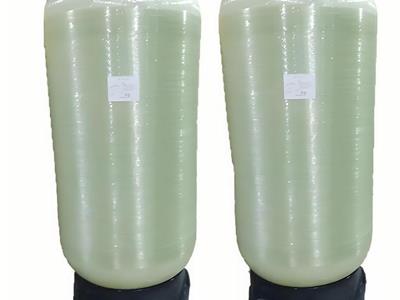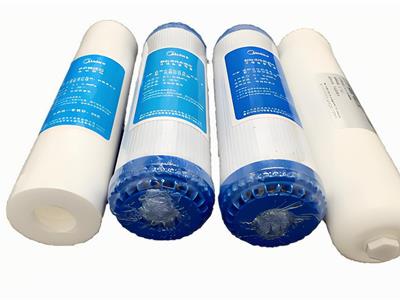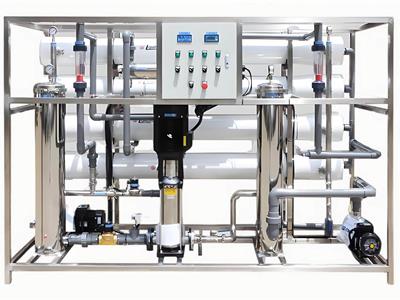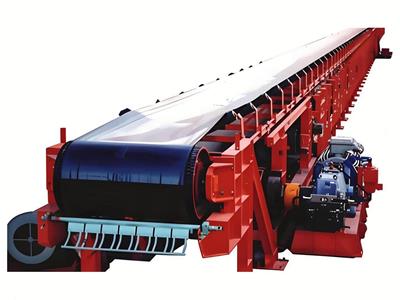- 2025-07-22
Rainwater treatment
As an important source of fresh water, rainwater needs to be treated for pollutants such as bacteria, organic matter and suspended solids when collected. The choice of treatment scheme depends on the purpose of water use (drinking water/non-drinking water) and the characteristics of target pollutants. Its low TDS characteristics significantly reduce treatment costs.
Core treatment technology combination
Multi-stage filtration
Removal of oxidized metals, turbidity, salmonella and spores
Applicable to drinking water and non-drinking water scenarios
Ultraviolet disinfection
Inactivation of bacteria/viruses/fungi, elimination of protozoa and odors
Chlorination disinfection
Control of Giardia, dissolved iron and manganese and pathogens
Ultrafiltration (UF) system
Interception of 0.01 micron algae, colloids and high molecular polymers
Operating pressure is 50% lower than RO
Engineering application value
Reduce groundwater extraction by 40%
Relieve regional drought and flood disaster risks
Save 30% of industrial water cost
Modular system maintenance frequency ≤ 1 time/quarter
Silica control technology for industrial water systems
Pollution risk analysis
Ionic/colloidal silica causes severe scaling in high-pressure boilers and cooling systems:
Glass deposits are formed on steam turbine blades (efficiency attenuation ≥ 15%)
Heat exchanger heat transfer efficiency decreases by 20-40%
Cooling tower concentration circulation system is blocked
Directed removal solution
▶ Ionic silica treatment
Using hydroxide-regenerated strong base anion resin
Special resin achieves ppb-level deep removal
Configure glass fiber reinforced plastic/rubber-lined steel corrosion-resistant pressure vessels
PVC valves and end-face pipes resist strong alkali corrosion
▶ Colloidal silica control
Ultrafiltration (UF) interception ≥ 0.05 micron colloidal particles
Coagulation-clarification process achieves pretreatment removal
Technical selection criteria
Pollution form Optimized technology Removal limitations
Ionic (dissolved silicon) Special ion exchange/RO/EDI Mechanical filtration efficiency <20%
Colloidal (suspended silicon) Ultrafiltration/coagulation clarification Ion exchange is ineffective
Project implementation benefits
Silicon content in boiler feed water ≤ 10ppb
Turbine scaling risk reduced by 90%
Cooling system concentration ratio increased to 8 times
Mixed bed system regeneration cycle extended to 1200 bed volumes






